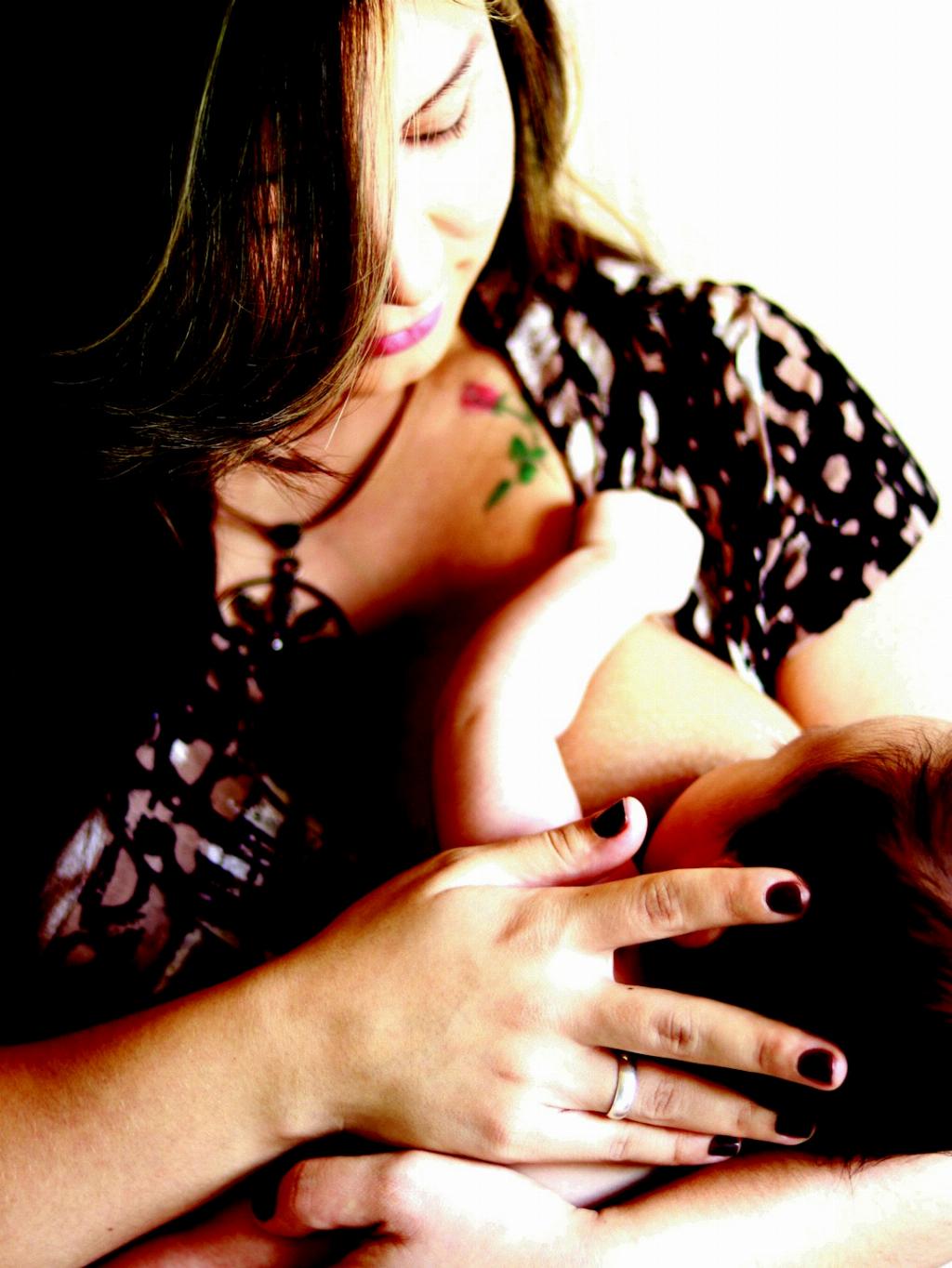When it comes to nipple fissures, it’s essential to understand that they are a common issue that can affect various individuals, including breastfeeding moms and athletes. These painful cracks in the skin of the nipple are often associated with the process of breastfeeding as infants learn to nurse. Additionally, athletes such as long-distance runners, surfers, and cyclists may also experience nipple fissures due to repetitive friction and chafing.
Appearance of Nipple Fissures
Nipple fissures can occur on one or both breasts and are typically characterized by redness, soreness, dryness, and chafing around the nipple area. These small tears in the skin can range in severity from minor discomfort to more significant pain, impacting daily activities and overall well-being.
Size and Location
The size and location of nipple fissures can vary from person to person. Some individuals may experience small, superficial cracks in the skin, while others may develop larger, more painful fissures. These fissures can appear at the tip of the nipple or extend to the areola, causing discomfort and sensitivity.
Texture and Sensation
When examining nipple fissures, individuals may notice a rough or uneven texture in the affected area. The skin around the nipple may feel dry, scaly, or bumpy, indicating the presence of fissures. In terms of sensation, individuals with nipple fissures often report experiencing sharp pain, burning, or stinging sensations, particularly during activities such as feeding or exercise.
Color Changes
One of the common signs of nipple fissures is a change in color around the affected area. The nipple and surrounding skin may appear reddened, inflamed, or irritated, indicating the presence of tissue damage. In some cases, the color of the skin may be darker or more discolored due to the healing process.
Discharge and Bleeding
In more severe cases of nipple fissures, individuals may experience discharge or bleeding from the affected nipple. This can occur when the fissure deepens or becomes infected, leading to the release of pus, blood, or clear fluid. It’s important to seek medical attention if you notice unusual discharge or persistent bleeding.
Associated Symptoms
Aside from the visible signs of nipple fissures, individuals may also experience other symptoms such as itching, burning, or tenderness in the nipple area. These discomforting sensations can affect daily activities and may worsen during specific movements or activities that put pressure on the nipple.
Prevention and Treatment
Preventing nipple fissures involves maintaining proper nipple hygiene, using appropriate breastfeeding techniques, and avoiding activities that can exacerbate skin irritation. Treatment options for nipple fissures may include applying lanolin cream, using nipple shields, practicing proper latch techniques, and seeking guidance from healthcare professionals.
Healing Process
The healing process for nipple fissures can vary depending on the severity of the condition and individual healing abilities. It’s essential to give the affected area time to heal, avoid further irritation, and follow recommended care instructions to promote tissue repair and alleviate pain and discomfort.
Consulting a Healthcare Professional
If you are experiencing persistent nipple pain, redness, or unusual symptoms associated with nipple fissures, it’s crucial to consult a healthcare professional for proper evaluation and treatment. Seeking timely medical advice can help address underlying issues and prevent complications.
Conclusion
In conclusion, nipple fissures can present with a variety of visual, tactile, and sensory characteristics, ranging from redness and soreness to discharge and bleeding. Understanding the appearance and symptoms of nipple fissures is vital for prompt identification, prevention, and treatment of this common condition that affects breastfeeding moms and athletes alike.

